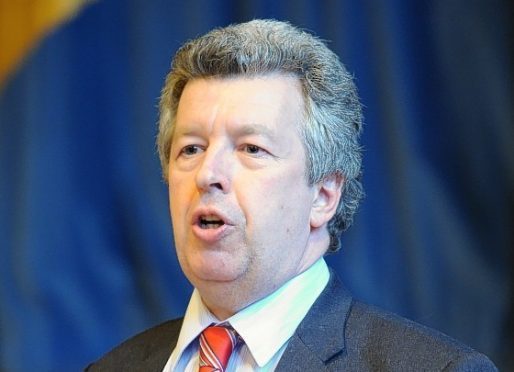Members of the public in rural areas are concerned about NHS centralisation, according to an inquiry conducted by Holyrood’s health committee.
Patients travelling hundreds of miles for a five minute appointment and women having to travel long distances to give birth were among the points raised to MSPs.
The inquiry into the future of primary care also highlighted the need for more focus on preventative medicine and called for a universal health MOT.
The inquiry’s findings were based on an online survey that attracted more than 2,500 responses and three sessions with small panels across Scotland, including one in Inverurie.
The survey flagged up a disparity between rural and urban services as well as concerns about the concentration of specialist services in the Central Belt.
One survey contributor said: “My main concern is the centralisation of services. Specialist services are now delivered mostly in the central belt. There has been downgrading of services in remote areas to the extent that pregnant women have to travel over 100 miles to give birth. It is becoming more difficult to get specialist appointments in remote areas and in some cases, people are having to travel a 250 mile round trip for five minute appointments.”
Those who took part also said there should be far greater use of technology including all all-encompassing electronic patient records, and the ability to contact health professionals by e-mail, schedule appointments online and hold consultations via video.
Health committee convener and North East Labour MSP Lewis Macdonald said: “We decided to put members of the public at the centre of this discussion and it’s clear from what we’ve been told that the public are well-informed, insightful and passionate about the future of primary care in Scotland.
“The public clearly have an appetite for change and retaining the status quo is not an option.”










